Industry analysis in the simplest of terms is analyzing and understanding various features of the industry you are planning to enter. It focuses on researching your market, competition and other industry trends to make a sound restaurant business plan. Preparing for your restaurant business is exceptionally essential and must not be compromised. Though it seems complicated in reality, it is not too difficult, basically do-able and imperative as it will create the backbone of your restaurant business plan.
A Step-By-Step Guide To Industry Analysis For Creating A Restaurant Business Plan
Here is a step by step approach to doing the Industry Analysis for your restaurant business plan.
1. Look At What Has Been Done
The best way to start an industry analysis is to look at other reports and research that has already been done. This will give you an idea of how and where to start and which areas to focus on. The only thing that you are not supposed to do is eliminate the concept of conducting your research and rely on second-hand sources as market trends are highly volatile and the slightest of difference can mean huge losses. For a restaurant business, you should look at the food & beverage industry trends to identify which restaurant format is on the rise and the market projections for the years to come. There are several consultancies such as the Redseer Management Consultancy that release industry reports.
2. Decide Your Industry Subpart
If you have only decided on starting something in the food industry but have not yet decided what to start, the second step is understanding that every market has a subpart, especially the F&B Industry. This essentially means having a detailed restaurant analysis, deciding what your restaurant format is going to be. Market Industry analysis and business plan for a cafe will inherently be different from that of a food truck or a restaurant. Decide which part you want to approach and then start your restaurant analysis by market research to create your unique restaurant business plan.
3. Analyze Your Target Audience
Before deciding where to open a restaurant, decide who you will serve. Your target audience is the crux of your market research and industry analysis. Depending on who you will serve will determine every decision that you will make ranging from costing, menu design, interiors, suppliers, competitors, even the location of your restaurant.
The power that your suppliers and consumers will exercise is also an essential part of your market research which will be explained below. The key here is that everything will depend on your target consumers. If you have chosen to serve businessmen and corporate employees, your location will depend on where most companies are located, your suppliers will be a tad bit more expensive as these people care about quality but at the same time you can not go overboard as they also do not want to burn a hole in their pockets.
4. Analyze Your Location
The locational analysis in a restaurant business plan includes deciding where your restaurant, cafe, or venture will be located. It is crucial to understand that just because one type of location has worked for someone, it is not necessary that it will work for you as well.
Mostly growing markets or campus areas offer a good starting point to open a restaurant as they have a considerable footfall but before going forth with basing your business plan on a tried and tested location understand why that location has worked. You need to have a detailed restaurant analysis, see what sort of restaurants they are, and look at the type of consumers that visit the area, for example, a university campus that offers guaranteed footfall may be a disastrous location if you are planning to open a fine dining family restaurant. At the same time, a cheap and cozy outlet may not do well in a posh residential area as people there would instead prefer luxurious restaurants and not mind paying extra for it.
5. Analyzing Competition
There are a lot of restaurants in town, and it is safe to say that because of the similarity in concepts, not much difference exists between you and your competitor. In such a scenario, restaurant analysis and analyzing competition is an essential part of your restaurant business plan. Talk to your competitors and understand what they do and don’t do. The don’ts are far more critical. Look at the way they manage little things like how they design their menu or how they price different things. You may stumble upon your USP while analyzing your competition.
A competitive scenario can only be successfully analyzed using Porter’s Five Forces Model. It includes:
(i) Barriers To Entry
How difficult it is to enter an industry determines not only what you must do to enter but also how easy or difficult it is for others to enter. If it is extremely easy to enter an industry it means that in the future you will face a lot of competition as your rivals are not just existing restaurant chains but future restaurateurs as well. If the entry is difficult it means that competition would be limited but your job of entering the industry is just as difficult. A proper restaurant analysis before thinking of opening a restaurant will help you in the longer run.
For a restaurant, there is almost no barrier to entry, which makes the competition even more stringent.
(ii) Supplier Power
A way of running a successful restaurant lies in margins existing with the suppliers. It is possible to give a cheaper service to your customers if a more significant profit margin exists with your supplier which enables you to get a competitive advantage. But if the supplier has a higher power of letting you go as his customer, then that is not possible. The amount of power that the supplier exerts is the invisible force that may drive your restaurant. Analyze it thoroughly and pick your suppliers carefully.
(iii) Power of Customers
Even customers exercise a considerable influence on your enterprise. A massive number of customers and their preferences can make or break your business especially if similar outlets exist. Thus, it becomes essential to keep your target customers and their behavior and preferences in mind while writing your restaurant business plan.
(iv) Substitutes
Substitutes are different from competitors in the sense that in an industry substitutes are providers of services that are fundamentally different but can be used in place of yours, for example, Chinese food from a food truck is a substitute for Chinese food from a restaurant. Everyone in the industry fights from these substitutes.
(iii) Competitive Scenario
As mentioned above, analyzing your direct competition is an essential part of doing an industry analysis. Understanding how existing chains function will let you learn how to manage your enterprise. Analyzing competitive trends will tell you what to do and not do and what is working in the industry. Evaluating your competition ultimately helps you understand where you stand and what you must or must not do in your restaurant.
6. Recent Developments
Analyze current industry changes, trends and upcoming or expected changes as a part of your analysis. This will help you get direction as to where the industry is heading and give you openings to gain an advantage over your competitors, for example, fitness is the going trend as opposed to comfort food. If you include the way this trend is going in designing your menu from the start, it will give you an edge over most of your competitors. Talk to the consumers and then make these decisions.
Though a little time-consuming the process of doing industry and market analysis for your restaurant business plan will definitely pay back two-fold as it will not only give you a start but form the basic skeleton of your future growth plans. Hence, keep in mind the mentioned tips and implement them well, to start off with your restaurant operations.
Once you are done with the Industry Analysis and market research, you’d be able to create a winning restaurant business plan that would lay out the blueprint for your venture. Here’s a handy business plan template that would help you get started with your restaurant dream.


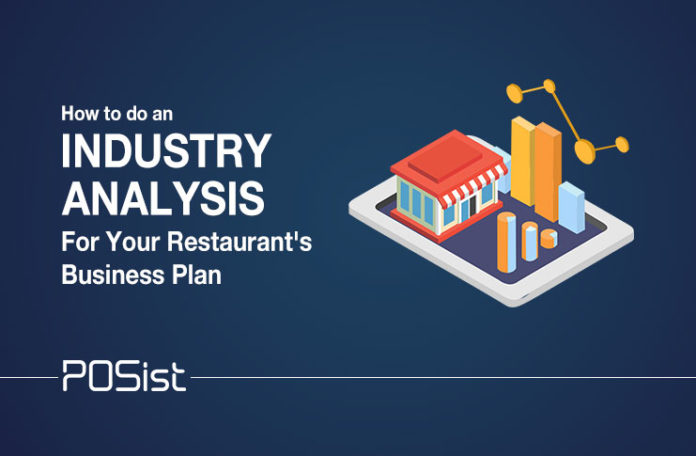
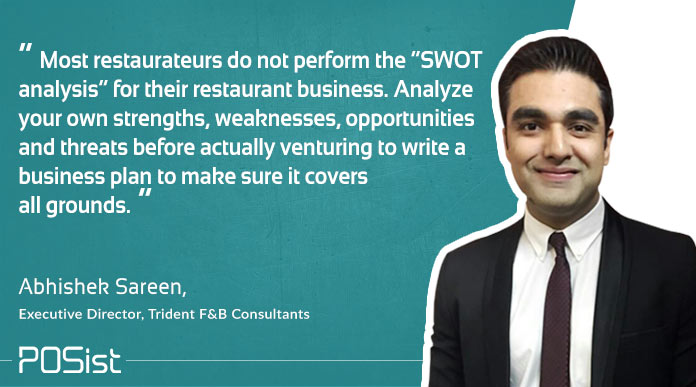
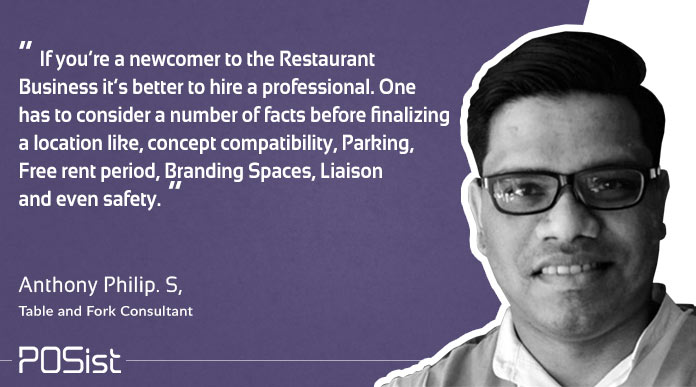
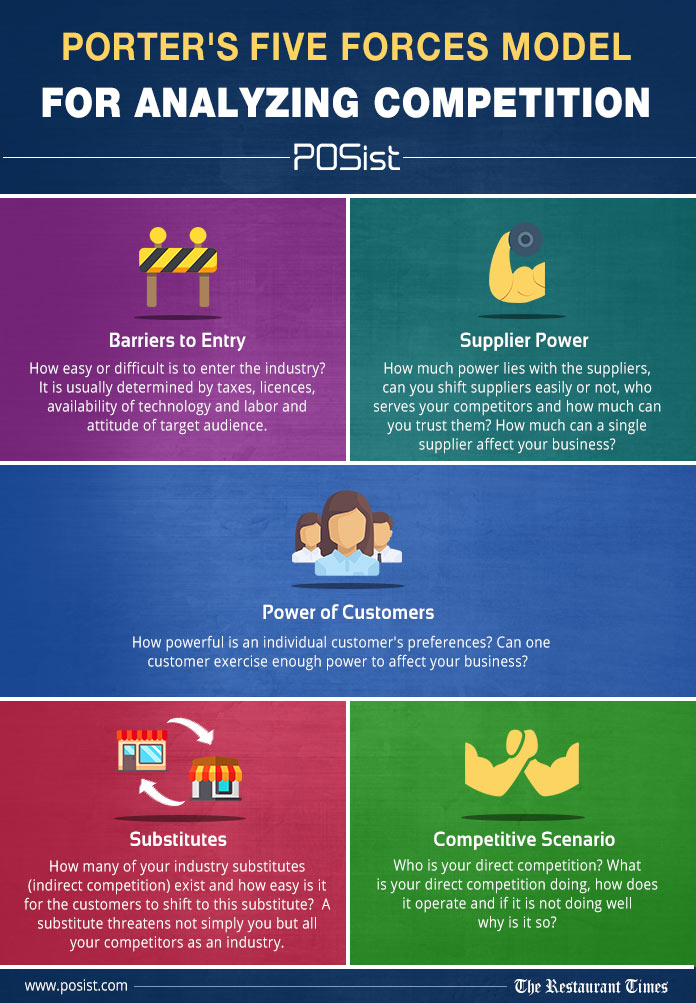











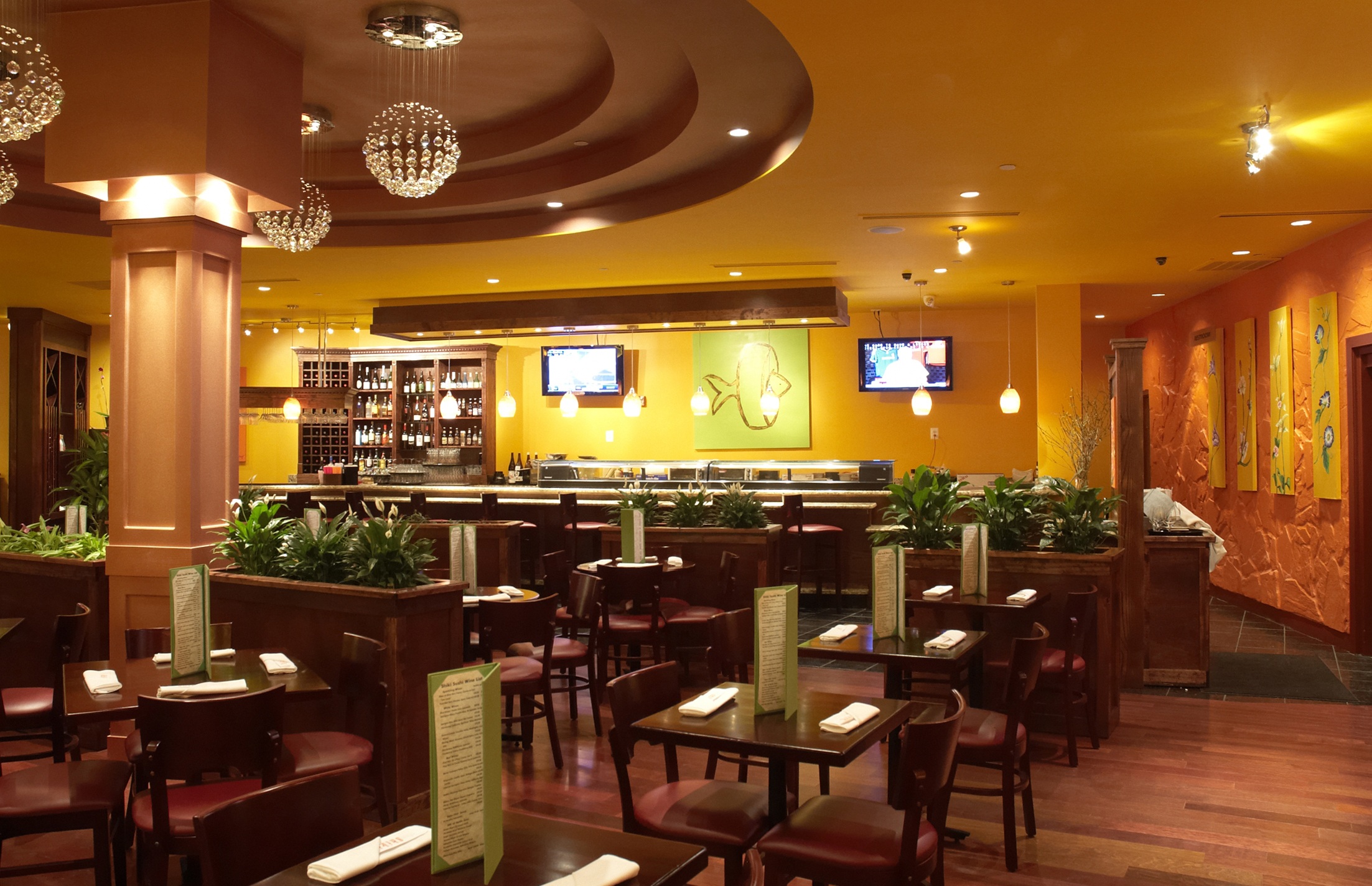
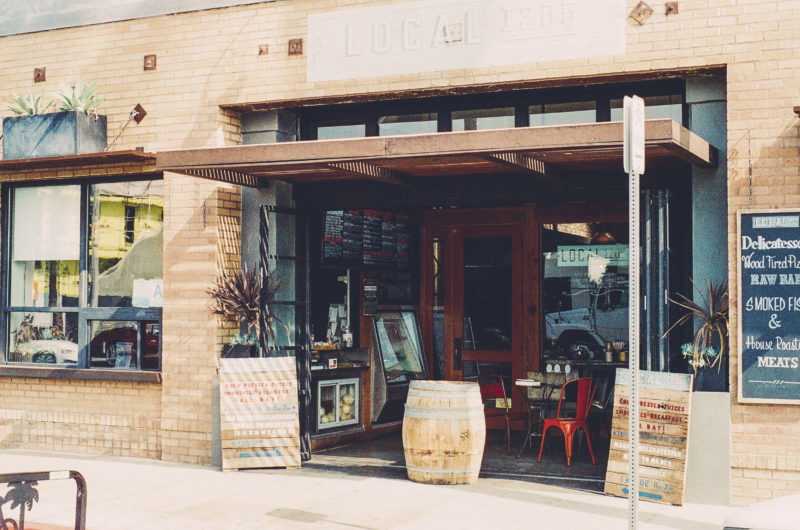

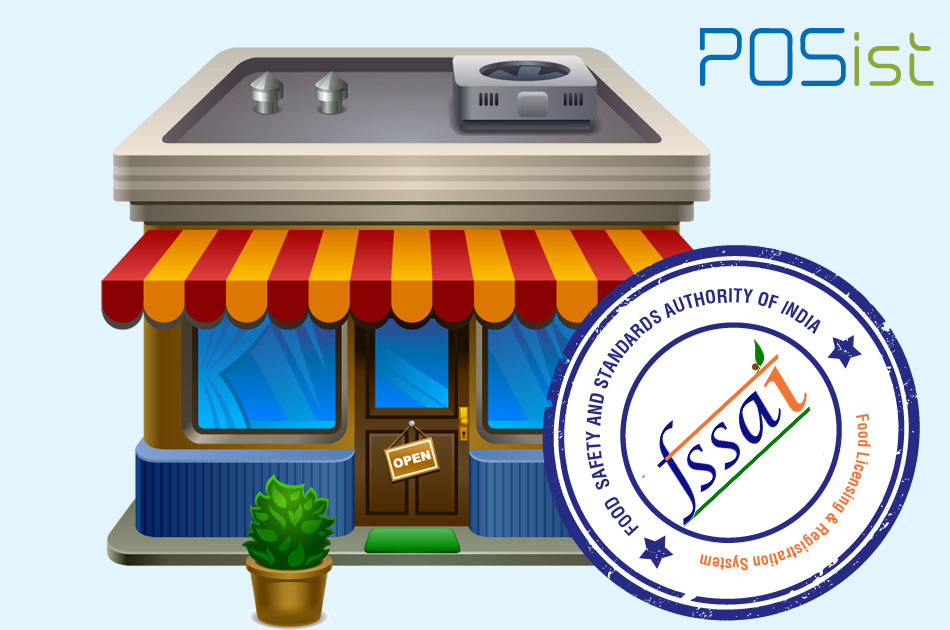
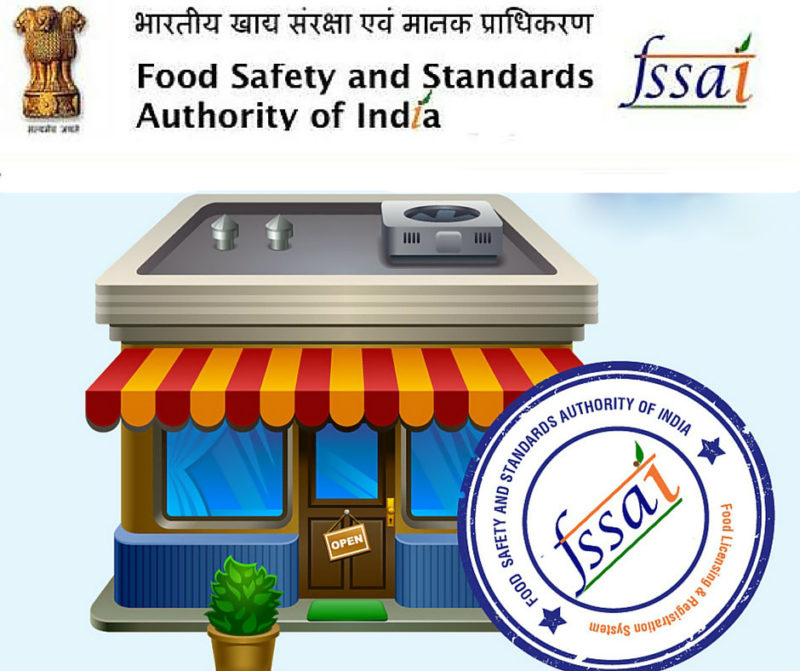
Can you tell me with the explanation that how much investment is required to open a restaurant?
The investment required to open a restaurant depends upon the type of restaurant format. You can open a QSR in under 5 lakh and the cost of opening a fine dine restaurant can go upto 1 crore.
Hi Rama
This article will give you the idea about the investment needed to open different types of restaurants https://www.posist.com/restaurant-times/resources/find-about-investments-licenses-location-type-restaurant-formats.html
Hope this helps!
Analyzing the industry is extremely important before you start preparing your business plan. And this article clearly shows why restaurant industry analysis is important, and how one should go about with it. A very comprehensive article. 🙂
It is a very comprehensive article, it comprises all the points that a restaurant owner or a newcomer in the business should be aware of. Kudos Restaurant Times.
Doing restaurant industry analysis is a great way of testing waters. An intensive industry analysis is a great way of ensuring you are prepared with your next big move.
Great article it is extremely helpful!
Often first time restaurant owners skip doing the industry analysis and the market research, and this can lead to the potential failure of the restaurant. Having a business plan, and strategy is important. This is a great post with some really useful insights on how to plan before starting the restaurant.
Great article! I am a complete newcomer to the restaurant business. How can I hire a professional who can help me create a business plan?